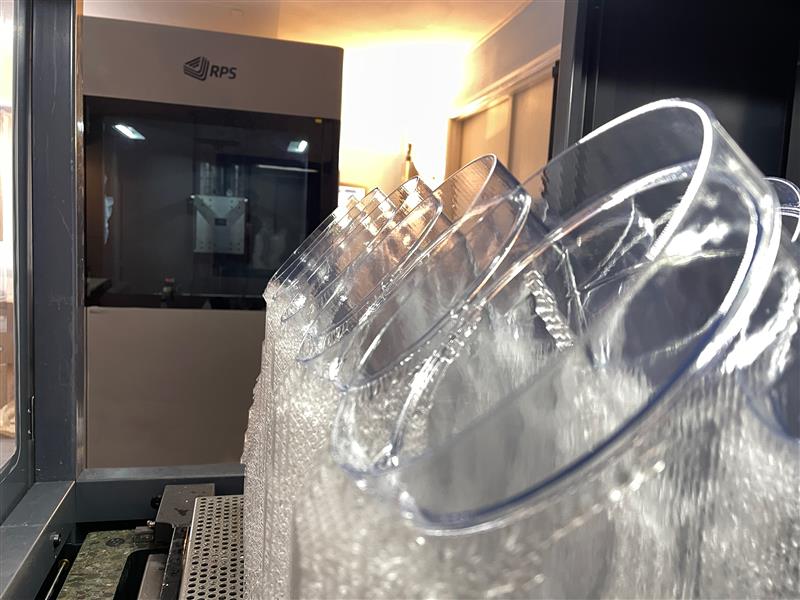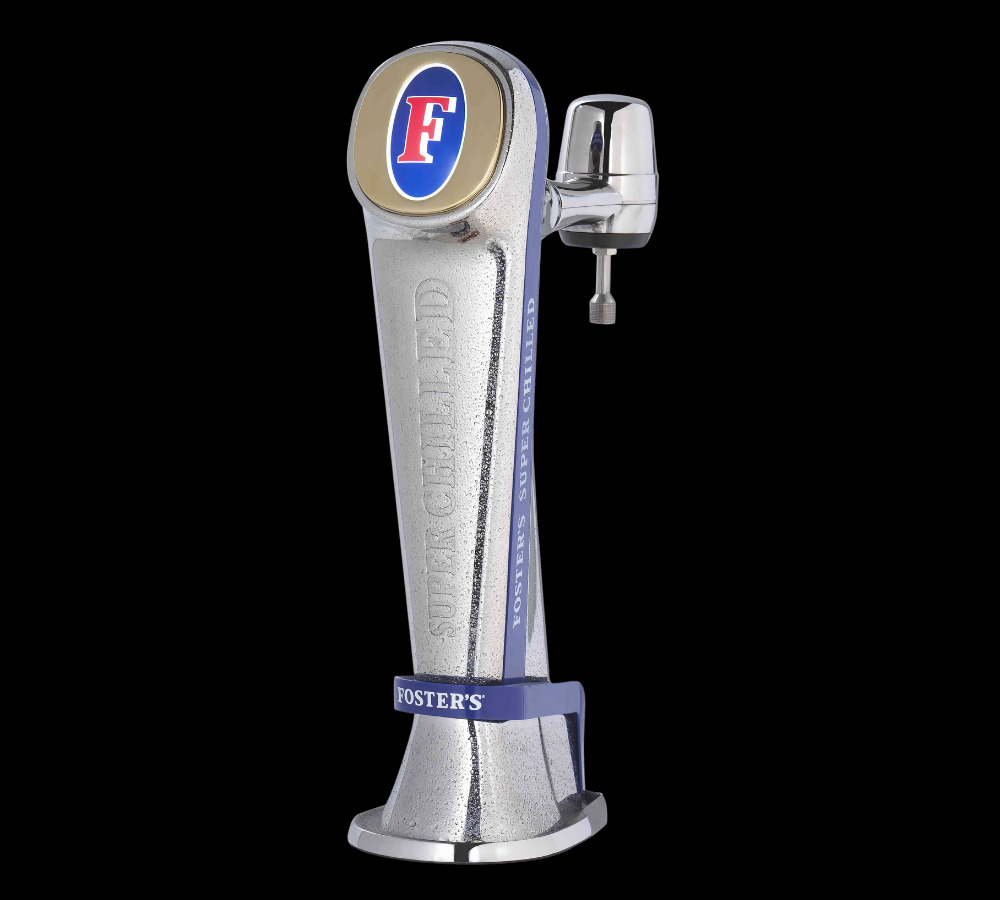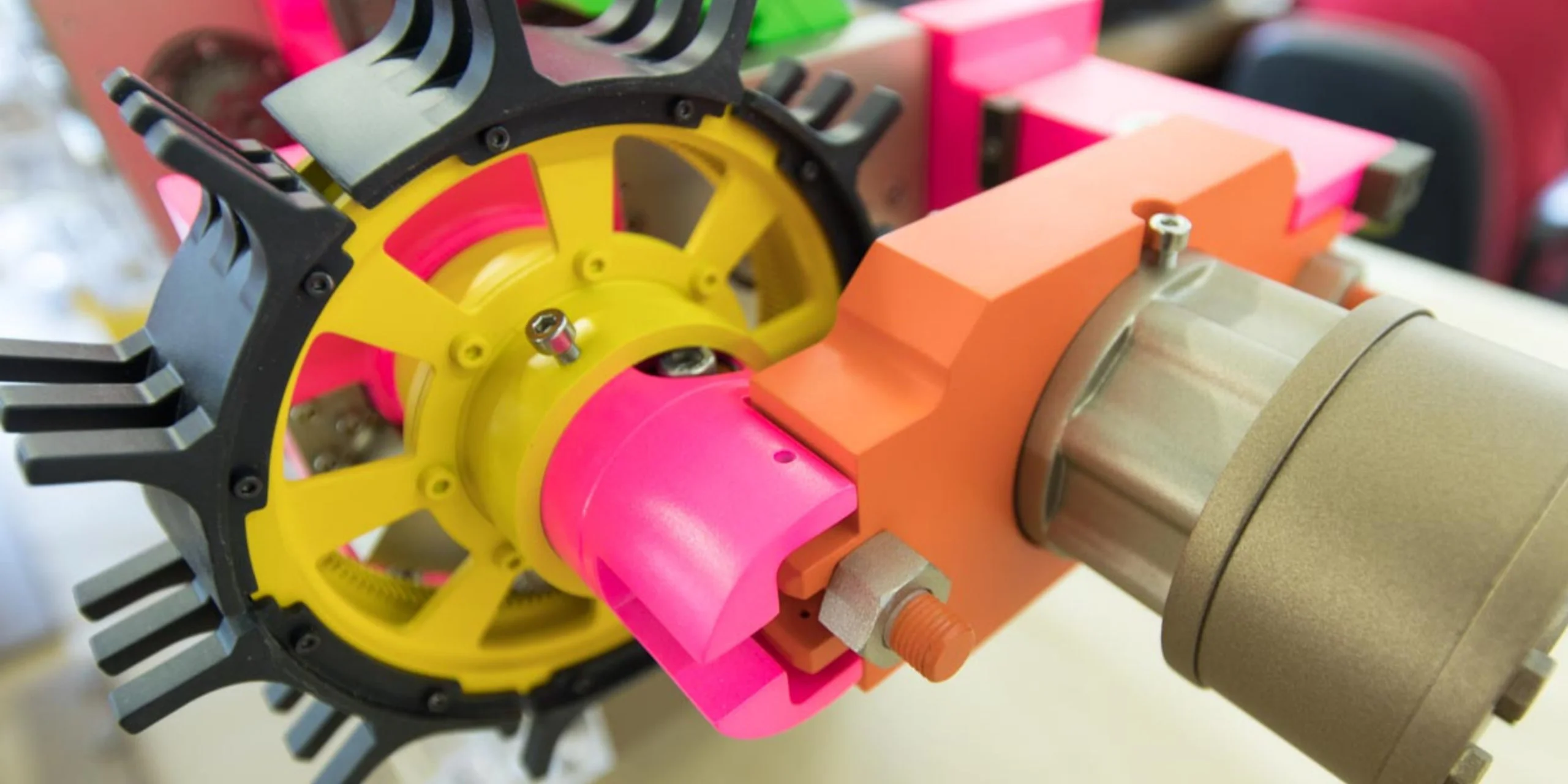The Pros & Cons Of 3D Printing
We are diving deep into the benefits of 3D Printing. We are exploring the numerous advantages and disadvantages of this cutting-edge technology. If you’re an expert in the field, you’re in the right place! Let’s uncover the fascinating landscape of 3D printing and examine why it’s making waves across industries.
What Are the Benefits of 3D Printing?
Precision and Customisation: One of the most significant advantages of this technology is its ability to produce highly precise and customised parts. The precision it offers reduces waste and ensures an exact fit every time.
Speed and Efficiency: It is remarkably efficient, slashing traditional production times in many cases. Did you know that according to the latest industry data, 3D printing can reduce lead times by up to 90%?
Cost Savings: The ability to produce complex designs without the need for expensive molds or tooling can significantly reduce costs. We can help you save money without compromising quality is crucial in the competitive world of manufacturing.
Innovative Designs: It enables the creation of intricate and complex designs that were once impossible to produce. These designs can enhance your product offerings, setting you apart from competitors.
Rapid Prototyping and Design Verification: For small businesses and companies launching new products to market, this technology is a game-changer. It allows rapid prototyping and design verification, reducing the time and costs involved in the development phase. This capability is invaluable for companies looking to iterate quickly and test their concepts before going into full-scale production.
Utilising Low-Volume Manufacturing: It is perfectly suited for low-volume manufacturing, making it cost-effective for niche products. It bridges the gap between prototyping and full-scale production, enabling businesses to respond to market demands more flexibly while keeping costs under control.


Are There Any Downsides to 3D Printing?
Material Limitations: Although 3D printing materials have come a long way, they still have some limitations. For certain applications, traditional materials might still be preferred.
Post-Processing Requirements: Many 3D-printed parts require post-processing, such as sanding or painting, which can add extra time and labour costs. However, with the state-of-the-art Neo 800 we have on offer it offers superb surface finishing slashing the labour time.
Limited Production Scale: While it is excellent for prototypes and small-batch production, it may not be suitable for large-scale manufacturing due to its slower production speed.
Conclusion
In the world of additive manufacturing, the benefits are plentiful, and the potential for innovation is boundless. As an expert in this field, we understand that additive manufacturing can revolutionise your industry. While it has some limitations and challenges, its advantages far outweigh the drawbacks.
To unlock the full potential of 3D Printing embrace its capabilities and combine them with your expertise. Keep an eye on industry trends and remember that the benefits are continually evolving and expanding.
We hope this article has shed light on the fascinating world of additive manufacturing and how it can benefit your projects. If you have any questions or would like to explore how Malcolm Nicholls Ltd can help you harness the power of 3D printing, don’t hesitate to get in touch.

Bring your visions to life today
We are at the forefront of the additive manufacturing revolution, providing businesses with the tools they need to bring their visions to life. Get an instant quote for 3D printed parts or get a bespoke quote for a larger, complex project.

